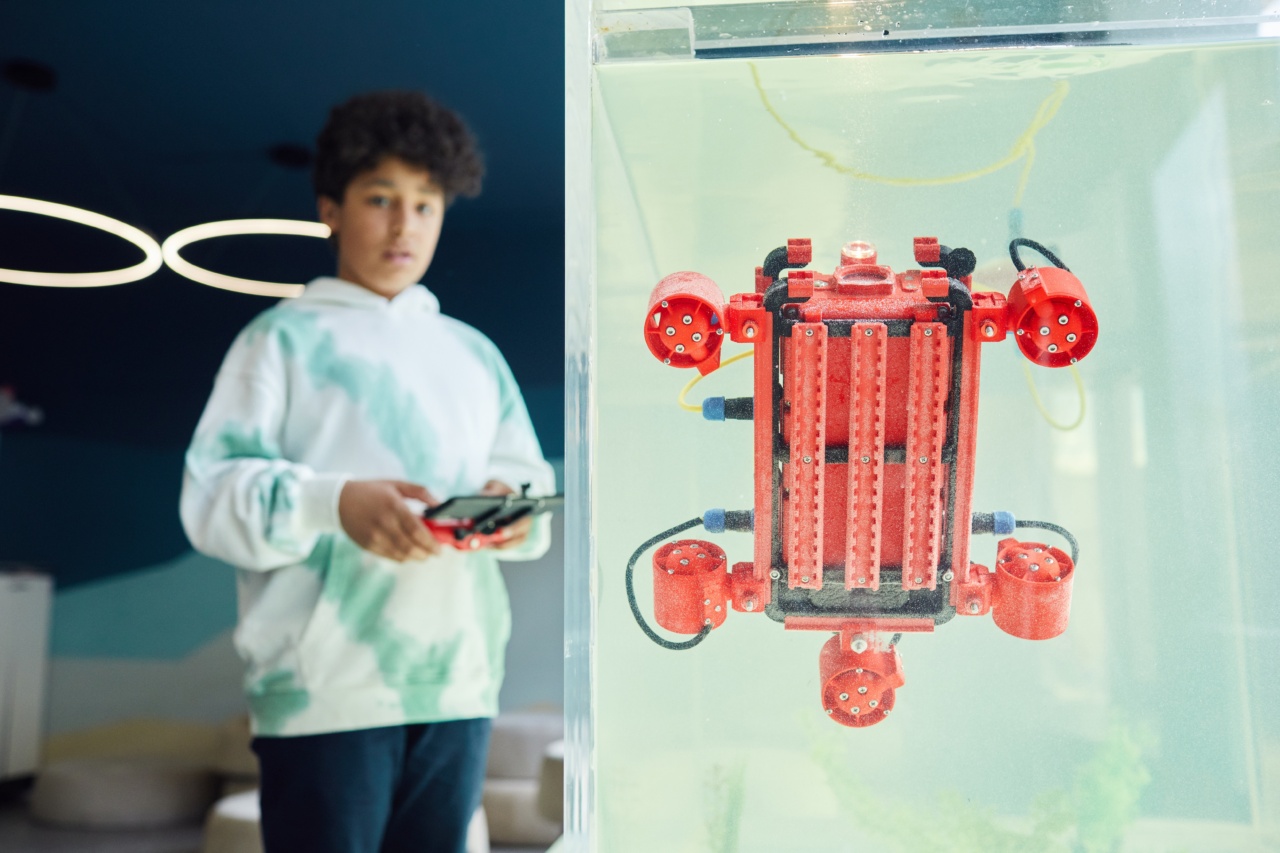Technology has always been a game-changer, revolutionising every aspect of human life. One of such aspects is the use of robots in various fields.
In recent years, robots have been utilised in healthcare to aid in diagnosis, treatment, and evaluation of patients. However, valuable research emphasises the essential role of robots in children’s health, particularly in evaluating their well-being and mental state.
What is a humanoid robot?
A humanoid robot is a machine designed to resemble and function like a human being in terms of both appearance and physical abilities. These robots have been developed to exhibit human-like movements, facial expressions, and speech capabilities.
Above all, these machines are programmed to interact with humans as a normal human being would. This makes them an ideal tool to evaluate children’s well-being.
Important considerations for evaluating well-being in children
Evaluating children’s well-being has always been a challenging task for healthcare practitioners, given the lack of suitable approaches that encompass physical, cognitive, and emotional aspects of development.
Thus, when using humanoid robots for such an evaluation, the following key considerations must be taken into account:.
- Age-appropriate language – Robots must be programmed to use language in a manner that is suitable and easy for children to comprehend, depending on age.
- Speech and non-verbal cues – Children’s well-being can be identified through their speech and non-verbal cues. Thus, humanoid robots must be built with communication capabilities that can read these signals.
- Non-invasive approach – Children’s well-being can be affected by the methods used to evaluate them. Thus, humanoid robots must not be invasive in any way, and be designed to create a calm and non-threatening environment.
- Accuracy and Precision – The evaluation process must be accurate and precise to be useful in determining the actual state of the child’s well-being. Therefore, the humanoid robot must be programmed with precision protocols.
How humanoid robots can be useful tools in evaluating children’s well-being
By incorporating the above considerations, humanoid robots can be useful tools in evaluating children’s well-being. Here are some ways in which these robots can be used in the process:.
- Building a rapport – With their interactive capabilities, humanoid robots can build a rapport with children, and create a safe and non-threatening environment where children feel comfortable to open up.
- Measuring emotional state – Children’s emotions are critical indicators of their well-being, and robots can be programmed to recognise expressions and behaviours that indicate emotional distress.
- Physical evaluating – By interacting with children, robots can identify physical behaviours that may signal issues, such as cognitive or developmental disorders.
- Personalised analysis – Robotic evaluations can be personalised to the needs of individual children, based on age, language, emotional and intellectual abilities. As such, the results of these evaluations are tailored to a specific patient’s circumstances.
- Quantifiable data – As a machine, humanoid robots generate quantifiable data, which can be used to compare and contrast results across children. This data can then be analysed to make more comprehensive determinations about a child’s well-being.
Examples of humanoid robots used in evaluating children’s well-being
Here are some recent examples of the ways in which humanoid robots have been used to evaluate children’s well-being:.
Kaspar
Kaspar is a robot designed to interact with autistic children.
It has been shown that children engage with Kaspar in a way they never do with people, with Kaspar being able to recognise and interact with non-verbal cues and create a therapeutic and non-threatening environment that helps the child to open up and communicate their needs.
Robokind Zeno
The Robokind Zeno is another humanoid robot used to evaluate children’s well-being, with a focus on determining the state of their mental health.
It engages with children in a play-like environment, and through interactions, its sensors detect behaviours and expressions which may indicate developmental or other problems. These findings help healthcare practitioners give accurate diagnoses and create more tailored treatment solutions for the child.
The ethical considerations of humanoid robots in evaluating children’s well-being
While the usage of humanoid robots in evaluating children’s well-being carries innumerable benefits, there are ethical considerations that must be addressed when developing and using these machines. Some of the concerns include:.
- Data safety – Given the nature of the data that is gathered by the robots, which may include sensitive information, it is crucial to ensure that the data gathered is safely stored and protected from unauthorised access.
- Harmless technology – The health and safety of children must always take precedence over technological advancement. Therefore, it is crucial to create robots that are non-threatening and non-invasive, ensuring that they are harmless to children both physically and emotionally.
- Consent – The involvement of children in robotic evaluations must be done only after obtaining the consent of the parents or caretakers. The right to choose should always be held by the parents, and children must not be subjected to the process without their permission.
- Robot-human interaction – As robots continue to become more involved in healthcare, it is important to continue to ensure that there is a clear distinction between robots and the human element in healthcare. Children must know that the robots are tools and an extension of care, and not replace human interaction.
- Privacy – It is essential to ensure that patients’ privacy and confidentiality are maintained throughout the evaluation process. Children’s data must be stored safely and kept confidential.
Conclusion
Humanoid robots offer a lot of potentials in evaluating children’s well-being. They create a non-invasive, personalised, and quantifiable evaluation process, ultimately leading to more accurate diagnoses and better-tailored treatment solutions.
However, it is important to emphasise the ethical considerations that must be prioritised in the process of developing and using these machines, specifically with regards to the safety and privacy of patients and the consent of parents.






























